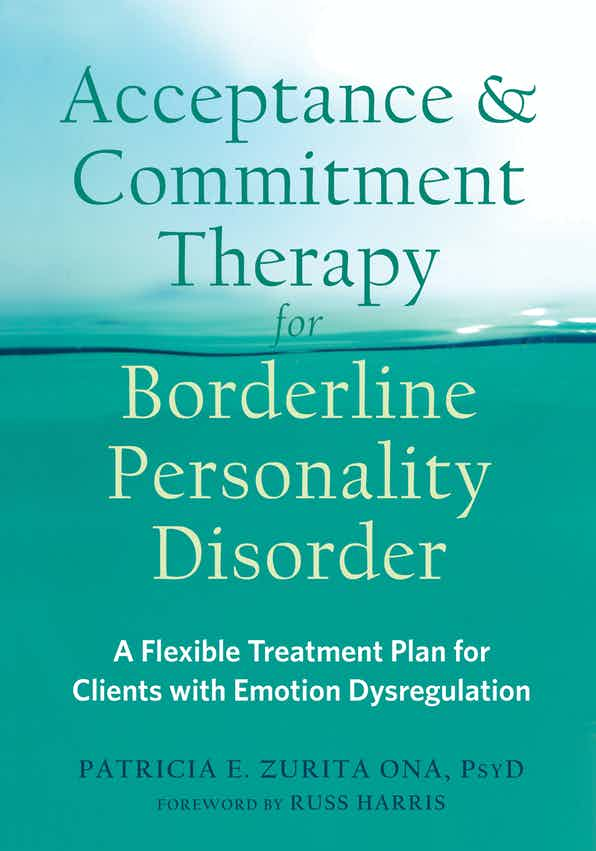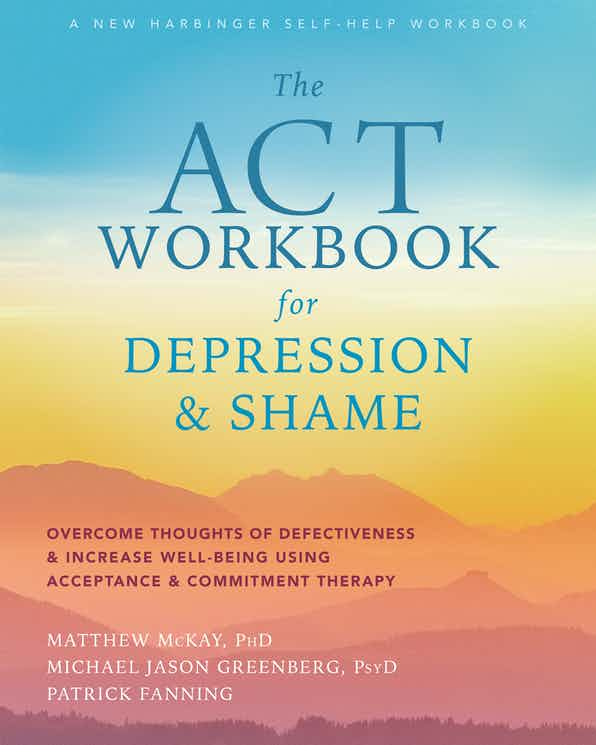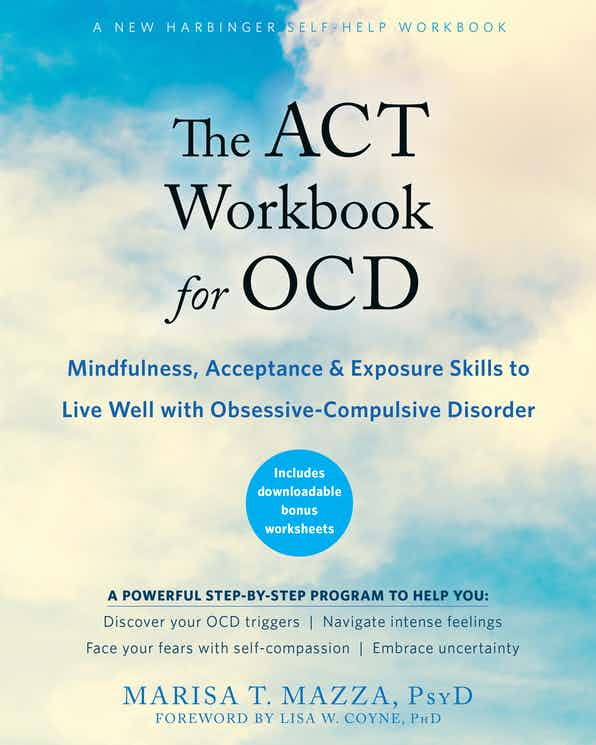Therapy
Acceptance and Commitment Therapy (ACT): Overview and Effectiveness
THC Editorial Team December 11, 2020

Contents
- Overview
- What Is Acceptance and Commitment Therapy?
- How Does Acceptance and Commitment Therapy Work?
- Effectiveness of Acceptance and Commitment Therapy (ACT)
- Conditions Commonly Treated by ACT
What Is Acceptance and Commitment Therapy?
Acceptance and commitment therapy (ACT) is an evidence-based, action-oriented psychotherapy approach that is part of the third wave of cognitive behavioral therapy, which prioritizes understanding how individuals relate to their thoughts, urges, and sensations. ACT uses acceptance, mindfulness, commitment, and behavioral strategies to improve an individual’s flexibility in response to life’s challenges. With a wide range of techniques, ACT challenges clients to establish a sense of self, be present in each moment, and choose values and commit to implementing them.
Suffering, sadness, and negative emotions are inevitable experiences of life. Attempting to control these conditions does not serve us or provide room for growth. Our potential for greater well-being becomes limited once we fight against or feel guilty for our internal processes. Moreover, suppressing our emotions, thoughts, or traumas can be counterproductive and lead to even greater negative emotions.
Conversely, accepting our inner thoughts and feelings as an appropriate response to certain situations allows us to make necessary behavioral changes.1 ACT allows clients to change their outlook, emotional state, and attitudes over time by developing psychological flexibility, accepting their internal experiences, and confronting problems in a healthy manner. This form of therapy is effective for a range of mental health issues, as well as people of all races, ages, and genders.
ACT is firmly rooted within relational frame theory (RFT), which explains that human language is founded on relating one concept to another.2 As humans, we are able to connect a certain event with other events or experiences. ACT believes that rational skills we often use to problem solve may be ineffective with other events or experiences. By applying the findings of RFT, Dr. Steven Hayes developed the six core processes of ACT: acceptance, cognitive defusion, being present, self as context, values, and committed action. These processes aim to help clients stop manipulating or avoiding negative feelings in order to commit to feasible actions that will positively impact their lives.
How Does Acceptance and Commitment Therapy (ACT) Work?
ACT typically involves weekly appointments with a therapist. During therapy, the therapist focuses on how the client engages in self-talk about trauma, problematic relationships, and other issues. Once the issues are identified, the client decides whether to change their behavior or accept the way they are while learning other ways to address the issues. Accepting their current challenges allows clients to commit to no longer struggling against their emotions or past actions, freeing them to live a more fulfilling life.
As noted, ACT entails six core processes to teach patients true acceptance:3
-
Acceptance.
This process entails actively letting negative experiences simply exist in our life without trying to change, avoid, or deny them. It enables us to open up and allow the unpleasant feelings or thoughts be present without trying to suppress them. Acceptance provides an opportunity to move on more quickly from issues and struggles.
-
Cognitive defusion.
This process involves allowing ourselves to alter the way we react to certain thoughts or feelings. Taking our thoughts, memories, and other cognitions as they are and not applying greater meanings, assumptions, or truths to them allows us to be less affected by them.
-
Being present.
This process teaches us to practice mindfulness and become aware in each moment without judgments. Life is full of moments that are out of our control, and by not dwelling on expectations, the past, or the future, we are able live fuller lives.
-
Self as context.
We are not just the sum of all of our experiences; we exist outside of external events and experiences. By seeing things for what they are, without resistance, we can stand alongside uncomfortable emotions such as pain and unhappiness and eventually realize there are parts of ourselves that aren’t tied up in those emotions. This provides us with more room to greet each situation or event with openness and curiosity.
-
Values.
This process ensures that we keep in mind the values and qualities we appreciate most as we work toward goals. Oftentimes, our values are what direct our actions and motivate us. By providing direction, values can show us that life can still be meaningful and rich even when “bad” things are happening to us.
-
Committed action.
Commitment to long-term goals begins with living a life consistent with a set of personal values. Goals are there to serve as reminders of the actions necessary to reach the ideal, visualized life. This process encourages us to take small, feasible steps toward fulfilling our goals.
Effectiveness of Acceptance and Commitment Therapy (ACT)
Research has shown that ACT is effective for treating individuals with a variety of mental health conditions. Specifically, studies have demonstrated the following effects of ACT:4,5,6,7,8
- reduced self-reported depression compared to cognitive therapy
- in clients with obsessive-compulsive disorder, decreased avoidance of thoughts, feelings, and sensations; decreased belief in their obsessions; and decreased need to respond to their obsessions
- improvements in psychological flexibility
- long-term improvements in quality of life and reduced depression and distress in patients who did not respond well to other forms of treatment
- significantly reduced panic symptom severity and reduced avoidant behavior in individuals with panic disorder
Conditions Commonly Treated by ACT
ACT may help individuals with the following mental health and other conditions:4,9,10,11
- generalized anxiety disorder
- social anxiety
- depression
- obsessive-compulsive disorder
- psychosis
- chronic pain
- eating disorders
- substance use disorder






















